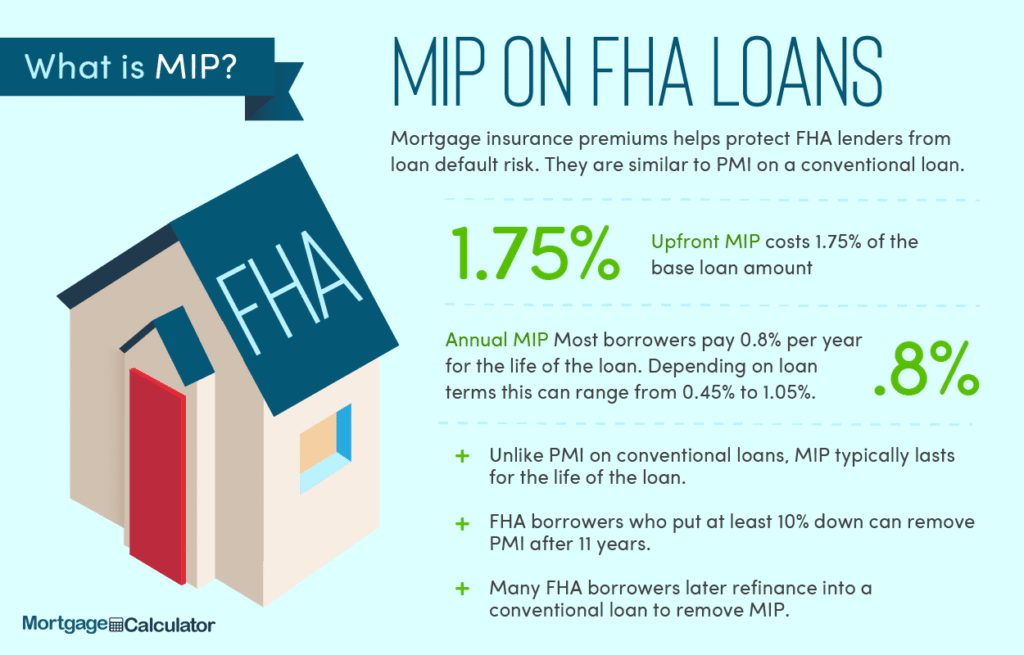The national debt is a complex issue with significant implications for the economy and society. Understanding its nuances is crucial for informed civic engagement and responsible policymaking. This post will explore various facets of national debt relief, its potential benefits and drawbacks, and related questions.
Understanding the National Debt
The national debt represents the total amount of money the government owes to individuals, businesses, and foreign entities. This debt accumulates from government spending exceeding tax revenue, requiring borrowing to cover the shortfall.  Understanding the different types of debt and their implications is crucial to effectively discussing debt relief. Learn more about the composition of the national debt.
Understanding the different types of debt and their implications is crucial to effectively discussing debt relief. Learn more about the composition of the national debt.
Arguments for Debt Relief
Proponents of debt relief often argue it stimulates economic growth by freeing up resources for investment and consumption. Reducing the burden of debt can alleviate pressure on households and businesses, leading to increased spending and economic activity. Read this article on the economic benefits of debt relief.
Arguments Against Debt Relief
Opponents express concerns about the potential inflationary pressures and long-term fiscal consequences of debt relief. They emphasize the need for responsible fiscal management and sustainable economic policies. [IMAGE_2_HERE] Simply erasing debt might discourage future fiscal responsibility. Explore the counterarguments to debt relief here.
Potential Solutions and Approaches
Various approaches exist for addressing the national debt, ranging from gradual reduction through fiscal consolidation to targeted debt relief programs for specific sectors or demographics. Each approach carries its own set of advantages and disadvantages that must be carefully weighed. Finding a balanced approach is key.
The Role of Fiscal Policy
Fiscal policy, encompassing government spending and taxation, plays a pivotal role in managing the national debt. Effective fiscal policy can help reduce the debt burden without compromising essential public services. Learn more about the relationship between fiscal policy and the national debt.
Social Impact of High Debt
High national debt can have far-reaching social consequences, potentially impacting access to healthcare, education, and other essential services. This could disproportionately affect vulnerable populations. [IMAGE_3_HERE]
International Perspectives on Debt
The issue of national debt is not unique to any one country. Many nations grapple with similar challenges, and international cooperation can be essential in addressing these global concerns. Learn about international debt relief initiatives.
Conclusion
Addressing the national debt requires a multifaceted strategy involving careful consideration of economic, social, and political factors. Balancing the need for fiscal responsibility with the potential for economic stimulus is a key challenge. Explore different economic models for debt management. Open dialogue and evidence-based policymaking are crucial for navigating this complex issue.
Frequently Asked Questions
What are the main causes of national debt? The main causes include government spending exceeding tax revenue, economic downturns leading to decreased revenue, and increased government borrowing.
What are the potential consequences of high national debt? High national debt can lead to increased interest payments, reduced government spending on other priorities, and potentially inflation.
What are some possible solutions to reducing the national debt? Possible solutions include increasing taxes, cutting government spending, and promoting economic growth to increase tax revenue.
How does national debt impact future generations? A large national debt places a burden on future generations as they will be responsible for paying off the accumulated debt and interest.
Is debt relief always the best solution? The effectiveness of debt relief depends on the specific economic circumstances and the overall approach to fiscal policy. It is not a one-size-fits-all solution.


